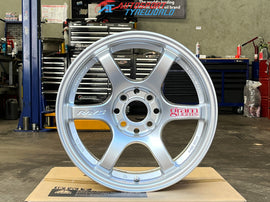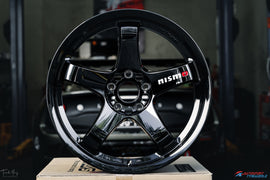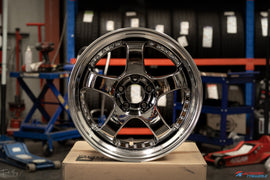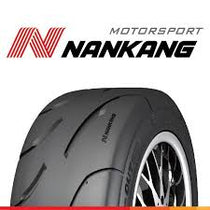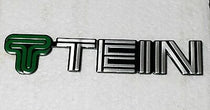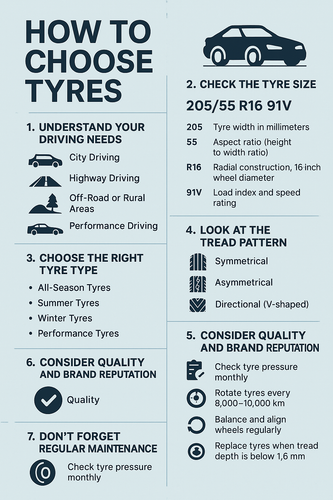🏁 How to Choose the Right Tyres for Your Car: A Complete Guide
Meta Title: How to Choose the Right Tyres for Your Car | Tyre Buying Guide 2025
Meta Description: Discover how to choose the best tyres for your car in 2025. Learn about tyre types, sizes, tread patterns, and maintenance tips to boost safety and performance.
Target Keywords: how to choose tyres, tyre buying guide, best tyres for car, car tyre types, tyre size meaning, tyre maintenance, all-season tyres
🚗 Introduction
Choosing the right tyres is essential for your vehicle’s safety, comfort, and fuel efficiency. With so many brands and models available, finding the perfect match can be confusing. This complete tyre buying guide explains what to look for when purchasing new tyres and how to make the best decision for your driving needs.
1. Understand Your Driving Habits
Your driving style and environment determine the type of tyre you need.
- City driving: Look for quiet, fuel-efficient tyres designed for smoother rides.
- Highway driving: Choose tyres that provide stability at high speeds and better tread life.
- Off-road: Opt for all-terrain or mud-terrain tyres for durability and traction.
- Performance driving: Go for ultra-high-performance tyres that deliver superior grip and handling.
👉 Pro tip: Make a note of your daily routes — urban, highway, or off-road — before choosing a tyre.
2. Know Your Tyre Size
The tyre size can be found on the sidewall of your current tyres or inside your car’s door frame. For example, 205/55 R16 91V means:
- 205 = Tyre width in millimeters
- 55 = Aspect ratio (height as a percentage of width)
- R16 = Radial construction with a 16-inch rim
- 91V = Load and speed rating
Always choose tyres that match your manufacturer’s recommended specifications.
3. Choose the Right Tyre Type
Each tyre type offers different benefits depending on climate and driving conditions:
|
Tyre Type |
Best For |
Key Features |
|
All-Season Tyres |
Mild climates |
Balance between performance, comfort, and durability |
|
Summer Tyres |
Warm weather |
Superior handling and braking on dry roads |
|
Winter Tyres |
Cold, snowy regions |
Better grip in snow, ice, and slush |
|
Performance Tyres |
Sports cars |
Excellent traction and cornering stability |
4. Check the Tread Pattern
The tread pattern determines how your tyre grips the road and handles water.
- Symmetrical: Smooth, quiet, and long-lasting — great for city driving.
- Asymmetrical: Combines dry and wet performance for balanced handling.
- Directional (V-shape): Optimized for wet conditions and prevents hydroplaning.
5. Choose Trusted Tyre Brands
Reputable brands offer proven quality, safety, and warranty coverage. Consider top tyre manufacturers like Michelin, Goodyear, Bridgestone, Continental, and Pirelli.
While cheaper tyres may save money upfront, they usually wear out faster and can compromise performance.
6. Check the Manufacturing Date and Warranty
Look for the DOT code on the tyre’s sidewall. The last four digits show when it was made — for example, 1324 = 13th week of 2024. Avoid tyres that are more than three years old.
Also, review the manufacturer’s warranty policy for protection against early wear or defects.
7. Maintain Your Tyres Properly
After buying new tyres, proper maintenance will extend their life:
- Check tyre pressure monthly.
- Rotate tyres every 8,000–10,000 km.
- Ensure wheel alignment and balancing are done regularly.
- Replace tyres when tread depth falls below 1.6 mm.
🔧 Final Thoughts
Choosing the right tyres doesn’t have to be complicated. Focus on your driving habits, climate, and car manufacturer’s recommendations. Invest in a reliable brand, check manufacturing dates, and maintain your tyres for longer performance.
A smart tyre choice today means a safer and smoother journey tomorrow. 🛞

